Table of Contents
- What Are White Seeds and How to Use Them Properly
- 5 Common White Seeds: Practical Uses for Home Cooking
- How to Toast White Seeds Without Burning Them
- Traditional Cooking Methods That Actually Work
- Best Way to Store White Seeds for Maximum Freshness
- Simple Techniques for Better Flavor Results
What Are White Seeds and How to Use Them Properly: Quick Guide for Home Cooks
White seeds like mustard, fennel, and poppy are essential for flavor balance in everyday cooking but require specific handling. Unlike colorful spices, these pale seeds release their best flavors when toasted at precise temperatures (160-185°F) and stored properly. For immediate results: dry-toast seeds in a cool pan until they pop, then immediately add liquid to preserve flavor. This guide reveals the simplest methods home cooks can use to maximize flavor from these common pantry staples.
5 Common White Seeds: Practical Uses for Home Cooking
Each white seed has unique cooking properties that affect your dishes. Here's what actually matters for home cooking:
| Seed Type | When to Use It | Best Cooking Method | Common Mistakes to Avoid |
|---|---|---|---|
| Mustard Seeds | For Indian curries, pickles, and dressings | Add to cold oil, then heat gradually until they pop | Burning them by heating oil first (causes bitterness) |
| Fennel Seeds | In sausage recipes, tomato sauces, and breads | Dry-toast 2-3 minutes until fragrant before grinding | Using pre-ground (loses flavor within hours) |
| Light Cumin Seeds | For Mexican and Middle Eastern dishes | Toast 1 minute until they sizzle, then add liquid immediately | Overheating (causes harsh, bitter taste) |
| Poppy Seeds | In baked goods, salad dressings, and coatings | Rub with sugar to release oils before baking | Using straight from package (results in bland flavor) |
| Anise Seeds | For cookies, breads, and liqueurs | Bloom in warm liquid for 10 minutes before adding | Adding directly to dry ingredients (uneven flavor) |
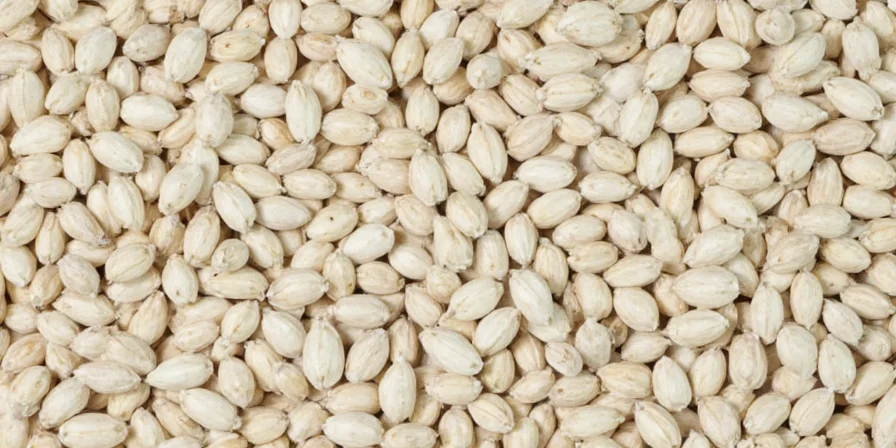
How to Toast White Seeds Without Burning Them: Simple Methods
Professional results start with proper toasting. These practical techniques work for any home kitchen:
- Stovetop method: Use a dry skillet on medium-low heat. Add seeds when pan is cool, stir constantly for 2-3 minutes until they start popping. Remove immediately when you smell the aroma.
- Oven method: Spread seeds on baking sheet. Toast at 325°F for 5-8 minutes, shaking pan every 2 minutes. Works best for poppy and sesame seeds.
- Quick fix for burned seeds: If they burn slightly, place in clean kitchen towel and rub vigorously to remove charred bits.
- For Indian tempering: Mustard seeds should pop within 30 seconds of hitting hot oil. If they take longer, oil is too cool.
- Storage tip: Keep toasted seeds in airtight container for up to 2 weeks (not 6 months as some claim - flavor fades quickly).
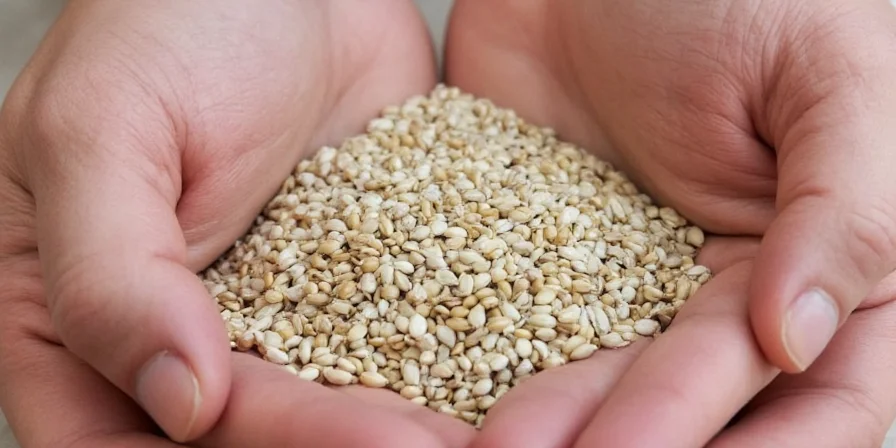
Traditional Cooking Methods That Actually Work: What Home Cooks Need to Know
Centuries of kitchen wisdom offers practical solutions for modern cooking:
- Mustard seeds in pickling: Traditional Indian method uses mustard seeds with turmeric for natural preservation. Works because the seeds release compounds that inhibit bacterial growth.
- Fennel after meals: Mediterranean cooks chew fennel seeds after eating to freshen breath - the natural oils neutralize food odors effectively.
- Poppy seeds in baking: Eastern European bakers mix poppy seeds with a bit of hot water before adding to dough, which releases oils without needing toasting.
- Anise in breads: Italian bakers bloom anise in warm milk before adding to dough, creating more even flavor distribution than dry addition.
These traditional methods have stood the test of time because they solve real cooking problems - not just for flavor, but for texture and preservation.
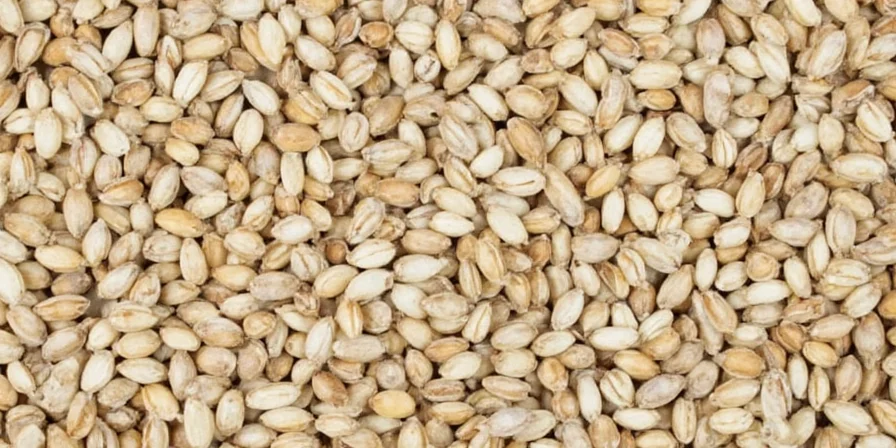
Best Way to Store White Seeds for Maximum Freshness: Practical Guide
Proper storage makes the biggest difference in flavor retention. Here's what actually works:
- Room temperature storage: Keep in dark glass jar away from stove. Use within 1-2 months for best flavor (most seeds lose 50% flavor in 60 days).
- Refrigeration: Extend freshness to 4-6 months by storing in airtight container in refrigerator. Best for poppy and sesame seeds.
- Freezing method: For longest storage (up to 1 year), freeze in portion-sized bags with air removed. Thaw at room temperature before use.
- Signs of stale seeds: Look for faded color, loss of aroma, or bitter taste when toasted. Don't use if you notice these signs.
- Reviving stale seeds: Dry-toast for 1 minute to restore some flavor (doesn't work if completely rancid).
Simple Techniques for Better Flavor Results: What Matters Most
You don't need lab equipment to get great results with white seeds. Focus on these three practical steps for immediate improvement: (1) Always toast seeds before use, (2) Store in dark containers away from heat, (3) Use within 2 months for peak flavor. The science behind seed chemistry is interesting, but what matters for home cooking is understanding that proper toasting and storage make the difference between bland and flavorful dishes. Start with these simple techniques, and you'll notice better results in your everyday cooking right away.
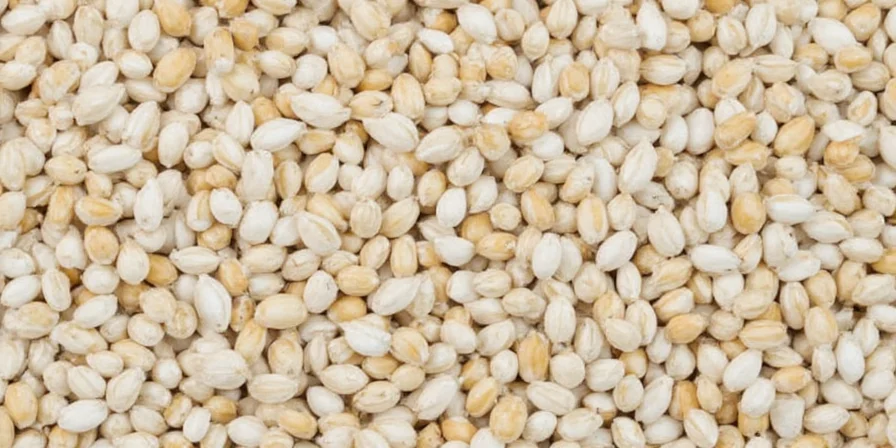
Frequently Asked Questions
How do I prevent white seeds from burning during toasting?
Use a cool pan and add seeds before heating. Stir constantly over medium-low heat until they start popping (about 2-3 minutes). Mustard seeds pop at lower temperatures than fennel. Remove immediately when you smell the aroma - they continue cooking from residual heat.
Can I substitute poppy seeds with chia seeds in baking?
Not directly. Chia seeds absorb much more liquid, which can ruin your recipe. For similar appearance without flavor change, use toasted sesame seeds instead. For similar texture in baked goods, try ground flax seeds at half the amount with extra liquid.
What's the best way to toast white seeds without special equipment?
Use a dry skillet on medium-low heat. The key is starting with a cool pan - add seeds first, then turn on heat. Stir constantly for 2-3 minutes until they become fragrant and start popping. Transfer immediately to a cool plate to stop cooking.
How long do toasted seeds stay fresh?
Toasted seeds lose noticeable flavor within 1-2 weeks at room temperature. For best results, toast only what you need for immediate use. Store any leftovers in an airtight container in the refrigerator for up to 2 weeks, though flavor will diminish over time.

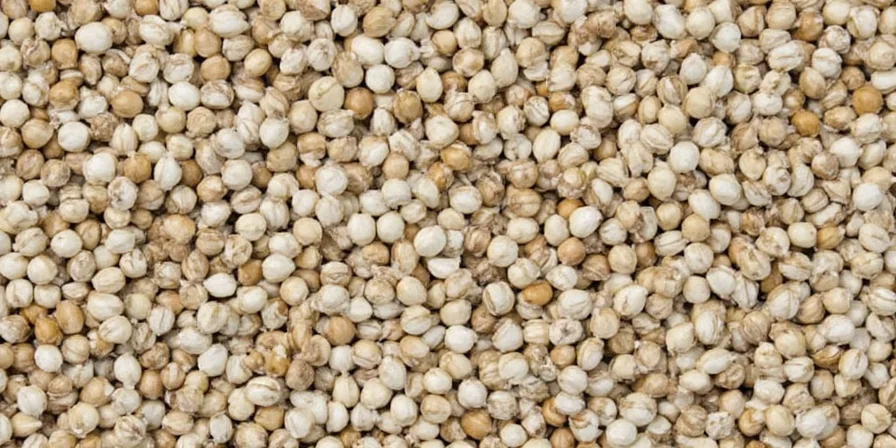









 浙公网安备
33010002000092号
浙公网安备
33010002000092号 浙B2-20120091-4
浙B2-20120091-4